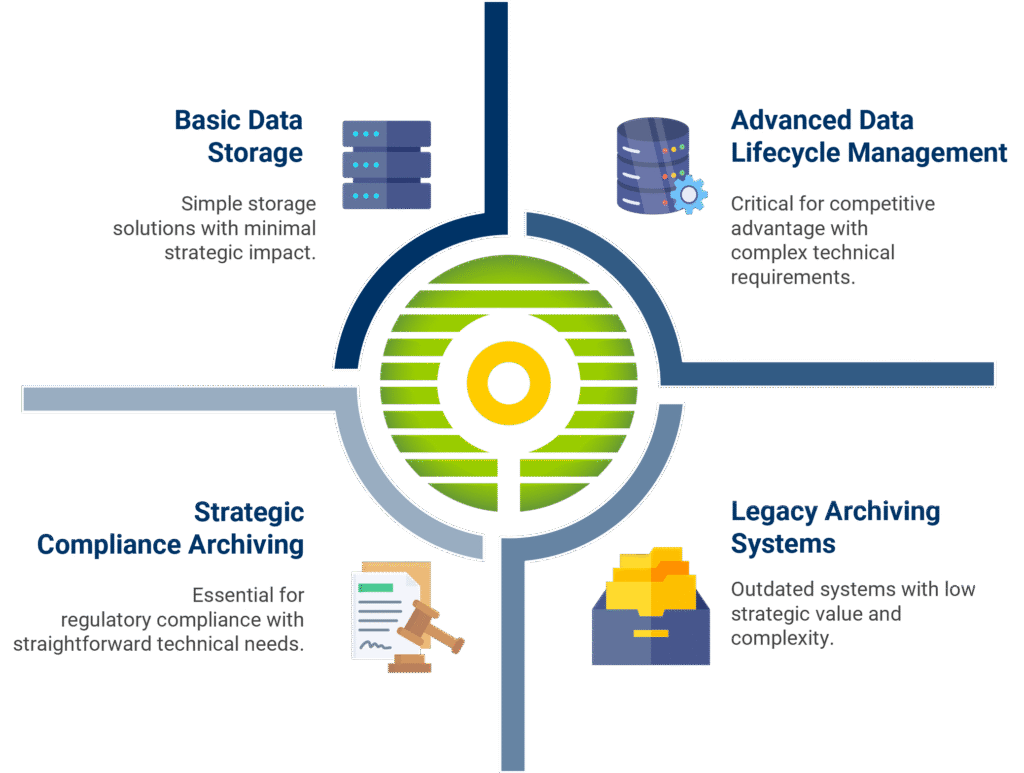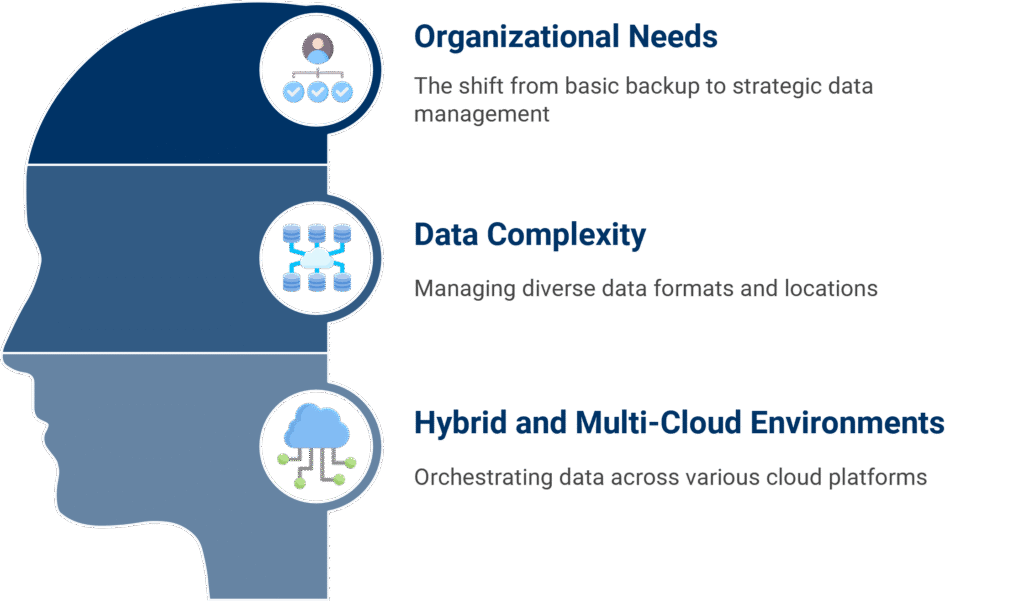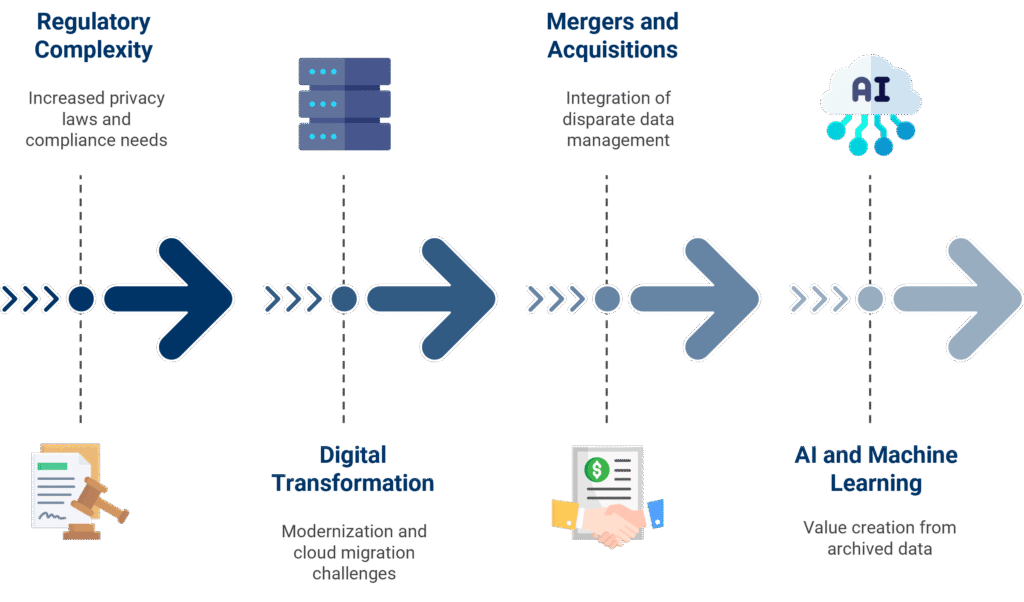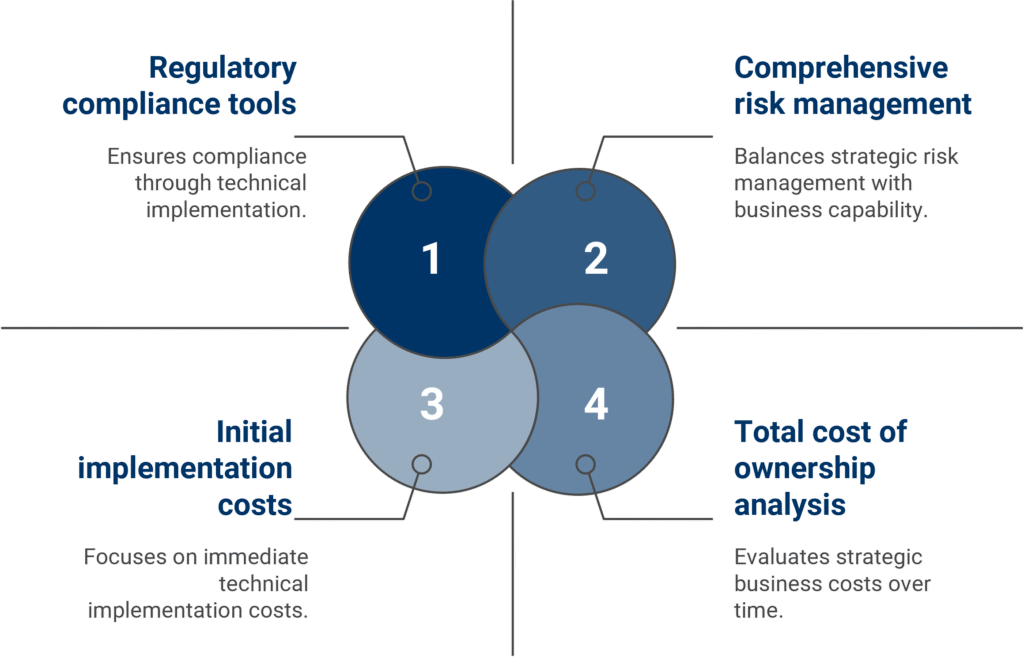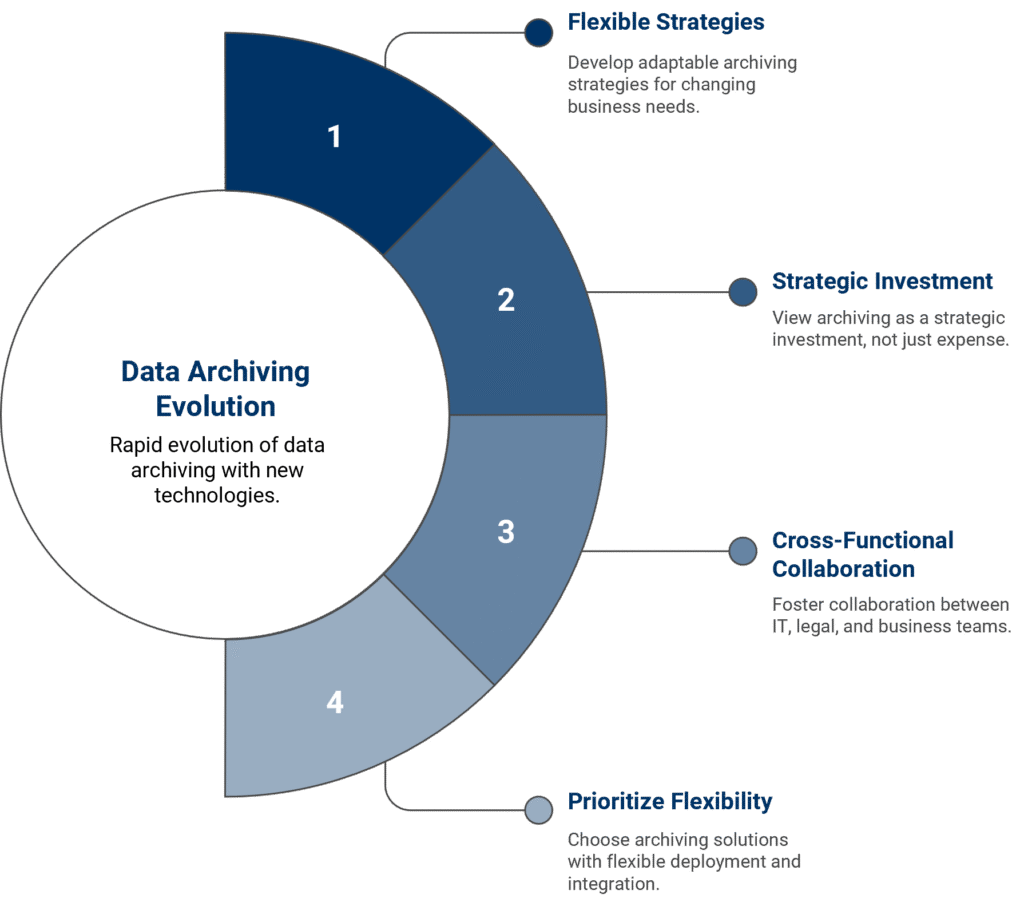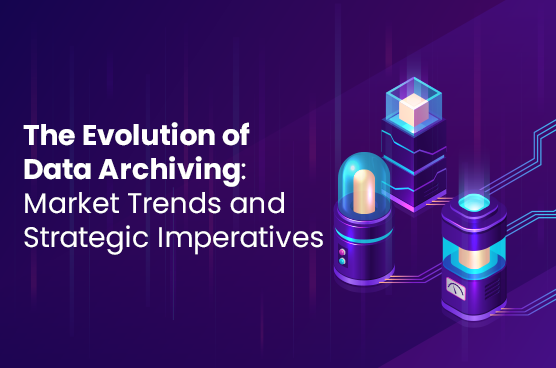The Modern Data Archiving Paradigm
Understanding the current state of data archiving requires examining how organizational needs have evolved beyond traditional backup and recovery models. Modern enterprises generate data at unprecedented scales across diverse platforms, from cloud-native applications to legacy enterprise systems. This explosion of information has created a complex ecosystem where data exists in multiple formats, locations, and states of activity.
The traditional approach of treating all data equally has proven inadequate for today’s business environment. Organizations are discovering that different types of data require different management strategies based on their business value, regulatory requirements, and access patterns. This realization has sparked a shift toward more nuanced archiving approaches that recognize data as a strategic asset requiring sophisticated lifecycle management.
The emergence of hybrid and multi-cloud environments has further complicated the data management landscape. Enterprises must now orchestrate data archiving across on-premises infrastructure, public cloud platforms, and software-as-a-service applications, each with unique characteristics and requirements. This complexity has driven demand for unified archiving solutions that can operate seamlessly across diverse technological environments.
Market Forces Driving Archiving Innovation
Several interconnected market forces are accelerating the adoption of advanced data archiving solutions. The regulatory environment has become increasingly complex, with privacy legislation and industry-specific compliance requirements demanding more sophisticated approaches to data retention and access control. Organizations can no longer rely on ad-hoc data management practices but must implement systematic approaches that ensure compliance while maintaining operational efficiency.
Digital transformation initiatives are creating additional pressure for effective archiving strategies. As enterprises modernize their application portfolios and migrate to cloud platforms, they face the challenge of managing data from legacy systems while ensuring continuity of access for business operations. This transition period often creates temporary data silos that must be consolidated and managed through archiving solutions.
Mergers and acquisitions activity continues to drive demand for centralized archiving capabilities. When organizations combine, they must integrate disparate data management practices and consolidate information from multiple sources. Archiving solutions provide a framework for standardizing data management practices across newly combined entities while maintaining access to historical information from all predecessor organizations.
Emerging Use Case Categories
The evolution of archiving requirements has given rise to several distinct use case categories, each addressing specific business challenges and opportunities. Application modernization represents one of the most significant drivers, as organizations seek to retire legacy systems while preserving access to valuable historical data. This process requires sophisticated archiving solutions that can extract, transform, and preserve data from outdated applications while making it accessible through modern interfaces.
Active data management has emerged as another critical use case, where archiving solutions help optimize the performance of production systems by moving inactive data to cost-effective storage tiers while maintaining transparent access for users and applications. This approach allows organizations to improve system performance while reducing infrastructure costs and backup windows.
Regulatory compliance continues to drive archiving requirements, but the focus has shifted from simple retention to more sophisticated capabilities around data discovery, classification, and access control. Organizations need solutions that can automatically identify sensitive information, apply appropriate retention policies, and provide audit trails that demonstrate compliance with regulatory requirements.
Content lifecycle management has become increasingly important as organizations recognize the need to systematically manage unstructured data such as documents, emails, and multimedia content. This involves not just storing information but also applying consistent classification schemes, access controls, and retention policies across diverse content types.
Technological Innovations Reshaping the Market
The integration of artificial intelligence and machine learning capabilities into archiving solutions represents a significant technological advancement. These technologies enable automated data classification, intelligent retention policy application, and sophisticated search capabilities that can understand context and intent rather than relying solely on keyword matching. This evolution is making archived data more accessible and valuable for business users.
Cloud-native architectures are transforming how archiving solutions are designed and deployed. Modern platforms leverage cloud storage services, containerized applications, and microservices architectures to provide scalable, flexible solutions that can adapt to changing business requirements. This architectural approach enables organizations to start small and scale their archiving capabilities as their needs evolve.
Advanced analytics integration is becoming a standard feature in modern archiving platforms. Rather than treating archived data as static historical records, these solutions provide capabilities for analyzing trends, identifying patterns, and generating insights from historical information. This functionality transforms archiving from a cost center into a value-generating business capability.
API-first design approaches are enabling better integration between archiving solutions and other enterprise systems. This connectivity allows organizations to embed archiving capabilities into their existing workflows and business processes rather than treating archiving as a separate, isolated function.
Strategic Implications for Organizations
The evolution of data archiving has significant strategic implications for how organizations approach information management. Chief Information Officers and IT leaders must recognize that archiving decisions have far-reaching impacts on business operations, regulatory compliance, and competitive positioning. This requires a shift from viewing archiving as a technical implementation to understanding it as a strategic business capability.
Budget allocation patterns are changing as organizations recognize the long-term value of comprehensive archiving solutions. Rather than focusing solely on initial implementation costs, forward-thinking enterprises are evaluating the total cost of ownership, including ongoing operational expenses, compliance risks, and opportunity costs of ineffective data management.
Risk management considerations are becoming more prominent in archiving decisions. Organizations must balance the costs of comprehensive data retention against the risks of inadequate information preservation. This includes considering litigation hold requirements, regulatory investigations, and business continuity needs that may require access to historical data.
The skills and capabilities required for effective archiving implementation are evolving beyond traditional IT competencies. Organizations need professionals who understand both technical implementation details and business requirements, including regulatory compliance, process optimization, and value creation from historical data.
Future Outlook and Recommendations
The data archiving market will continue to evolve rapidly as new technologies emerge and business requirements become more sophisticated. Organizations should prepare for this evolution by developing flexible archiving strategies that can adapt to changing needs while providing consistent value delivery.
Investment in comprehensive archiving solutions should be viewed as a strategic enabler rather than a necessary expense. Organizations that implement sophisticated archiving capabilities today will be better positioned to leverage emerging technologies such as advanced analytics, artificial intelligence, and automated compliance monitoring.
Cross-functional collaboration between IT, legal, compliance, and business teams will become increasingly important for successful archiving implementations. These solutions touch multiple aspects of business operations and require coordinated approaches that consider technical, regulatory, and operational requirements.
Organizations should prioritize archiving solutions that provide flexibility in deployment models, integration capabilities, and feature sets. The rapid pace of technological change requires platforms that can evolve with business needs rather than creating long-term constraints on operational capabilities.
The transformation of data archiving from a technical necessity to a strategic business capability represents a fundamental shift in how organizations approach information management. Market trends indicate that this evolution will accelerate as data volumes continue to grow, regulatory requirements become more complex, and new technologies create opportunities for value creation from historical information. Organizations that recognize and respond to these trends will be better positioned to leverage their data assets for competitive advantage while managing risks and controlling costs effectively.
